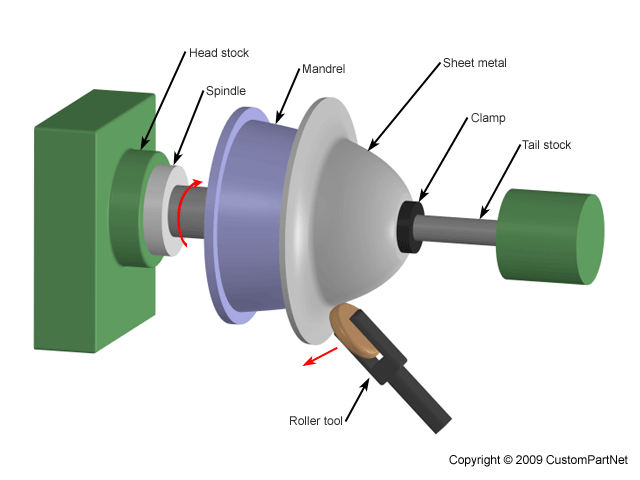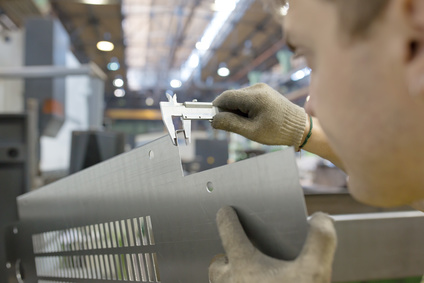Metal stamping is a cold forming process that makes use of dies and stamping presses to transform sheet metal into different shapes.
Process control for sheet metal stamping.
Process control for sheet metal stamping presents a comprehensive and structured approach to the design and implementation of controllers for the sheet metal stamping process.
This could be a single stage operation where every stroke of the press produces the desired form on the sheet metal part or could occur through a.
Sheet metal forming is a complex process and most often characterized by partial differential equations that are numerically solved using finite element techniques.
Stamping dies are the tools that shape and cut sheet metal parts.
Pieces of flat sheet metal typically referred to as blanks is fed into a sheet metal stamping press that uses a tool and die surface to form the metal into a new shape.
These designs are then translated into stamping dies by skilled craftsmen known as diemakers.
Production stamping is generally performed on materials 020 to 080 thick but the process also can be applied to foils as thin as 001 or to plate.
The use of process control for sheet metal stamping greatly reduces defects in deep drawn parts and can also yield large material savings from reduced scrap.
Process control for sheet metal stamping presents a comprehensive and structured approach to the design and implementation of controllers for the sheet metal stamping process.
Stamping process design deliverables of process design dieface design delivered in drawing or most often.
These parts achieve their shape through the effects of the die tooling.
Stamping includes a variety of sheet metal forming manufacturing processes such as punching using a machine press or stamping press blanking embossing bending flanging and coining.
Metal stamping is the process of transforming flat sheet metal into a net shape or near net shape part.
All other factors influencing sheet metal forming we should recall that a sheet.
Most problems in sheet metal forming come from a bad control of holding restraining and springback.
Sheet metal in either blank or coil form is placed into a stamping press with specially designed tooling and or dies that blank bend punch draw flange emboss or otherwise alter the material into the desired shape.
The use of process control for sheet metal stamping greatly reduces defects in deep drawn parts and can also yield large material savings from reduced scrap.
Stamping is the process of placing flat sheet metal in either blank or coil form into a stamping press where a tool and die surface forms the metal into a net shape.
Process control for sheet metal stamping presents a comprehensive and structured approach to the design and implementation of controllers for the sheet metal stamping process.
Sheet metal forming is a complex process and most often characterized by partial differential equations that are numerically solved using finite element techniques.
Sheet metal forming is a complex process and most often characterized by partial differential equations that are numerically solved using finite element techniques.
They are commonly developed using computer aided design cad software and analytical programs to create and prove out highly accurate unambiguous designs.















































